#astronomylover
Text
HOW IS OUR UNIVERSE EXPANDING??
Blog#308
Saturday, June 24th, 2023
Welcome back,
The universe was born with the Big Bang as an unimaginably hot, dense point. When the universe was just 10-34 of a second or so old — that is, a hundredth of a billionth of a trillionth of a trillionth of a second in age — it experienced an incredible burst of expansion known as inflation, in which space itself expanded faster than the speed of light. During this period, the universe doubled in size at least 90 times, going from subatomic-sized to golf-ball-sized almost instantaneously.

The work that goes into understanding the expanding universe comes from a combination of theoretical physics and direct observations by astronomers. However, in some cases astronomers have not been able to see direct evidence — such as the case of gravitational waves associated with the cosmic microwave background, the leftover radiation from the Big Bang.
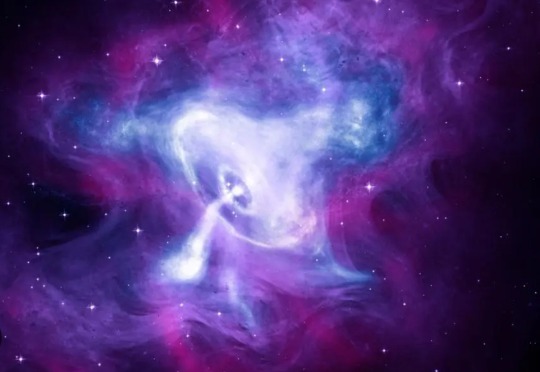
A preliminary announcement about finding these waves in 2014 was quickly retracted, after astronomers found the signal detected could be explained by dust in the Milky Way.
According to NASA, after inflation the growth of the universe continued, but at a slower rate. As space expanded, the universe cooled and matter formed. One second after the Big Bang, the universe was filled with neutrons, protons, electrons, anti-electrons, photons and neutrinos.
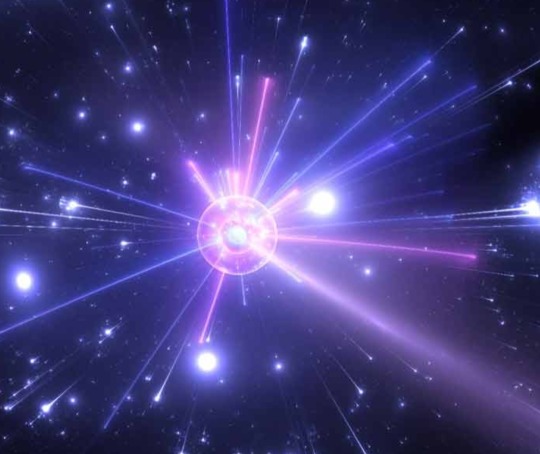
During the first three minutes of the universe, the light elements were born during a process known as Big Bang nucleosynthesis. Temperatures cooled from 100 nonillion (1032) Kelvin to 1 billion (109) Kelvin, and protons and neutrons collided to make deuterium, an isotope of hydrogen. Most of the deuterium combined to make helium, and trace amounts of lithium were also generated.
For the first 380,000 years or so, the universe was essentially too hot for light to shine, according to France's National Center of Space Research (Centre National d'Etudes Spatiales, or CNES).

he heat of creation smashed atoms together with enough force to break them up into a dense plasma, an opaque soup of protons, neutrons and electrons that scattered light like fog.
Roughly 380,000 years after the Big Bang, matter cooled enough for atoms to form during the era of recombination, resulting in a transparent, electrically neutral gas, according to NASA. This set loose the initial flash of light created during the Big Bang, which is detectable today as cosmic microwave background radiation.

However, after this point, the universe was plunged into darkness, since no stars or any other bright objects had formed yet.
About 400 million years after the Big Bang, the universe began to emerge from the cosmic dark ages during the epoch of reionization. During this time, which lasted more than a half-billion years, clumps of gas collapsed enough to form the first stars and galaxies, whose energetic ultraviolet light ionized and destroyed most of the neutral hydrogen.

Although the expansion of the universe gradually slowed down as the matter in the universe pulled on itself via gravity, about 5 or 6 billion years after the Big Bang, according to NASA, a mysterious force now called dark energy began speeding up the expansion of the universe again, a phenomenon that continues today.
A little after 9 billion years after the Big Bang, our solar system was born.

The Big Bang did not occur as an explosion in the usual way one think about such things, despite one might gather from its name. The universe did not expand into space, as space did not exist before the universe, according to NASA. Instead, it is better to think of the Big Bang as the simultaneous appearance of space everywhere in the universe. The universe has not expanded from any one spot since the Big Bang — rather, space itself has been stretching, and carrying matter with it.
Originally published on space.com
COMING UP!!
(Wednesday, June 28th, 2023)
"IS THE MOON RUSTING??"
184 notes
·
View notes
Text
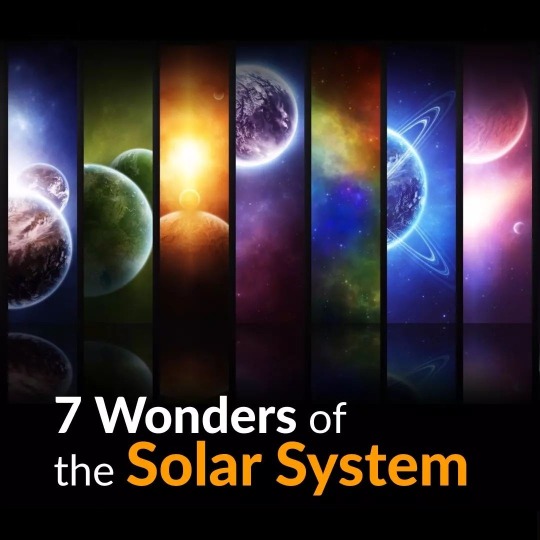
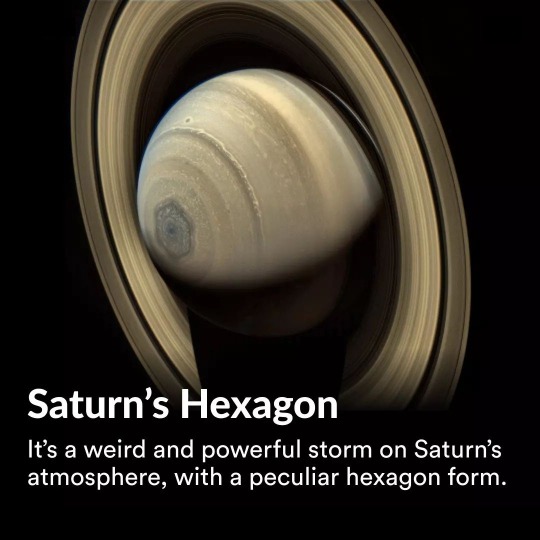


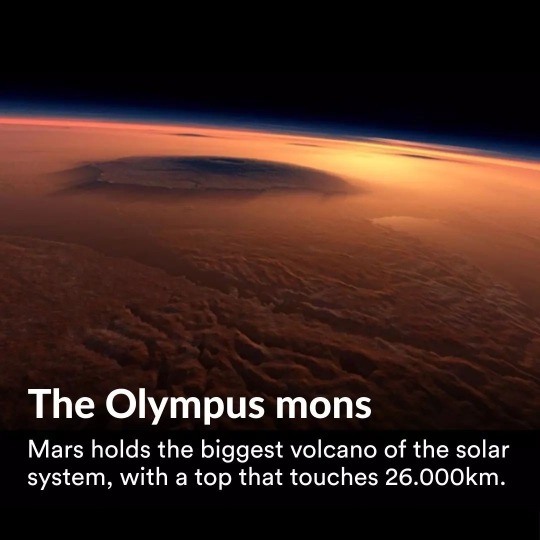
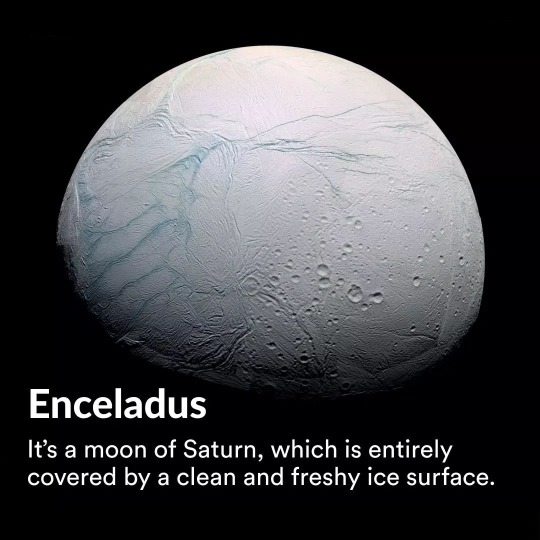
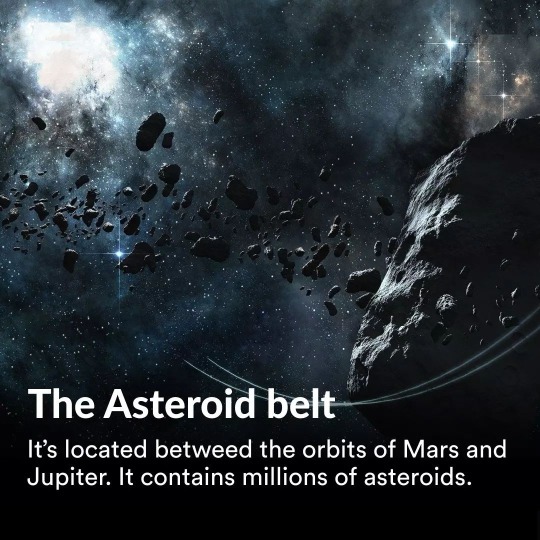
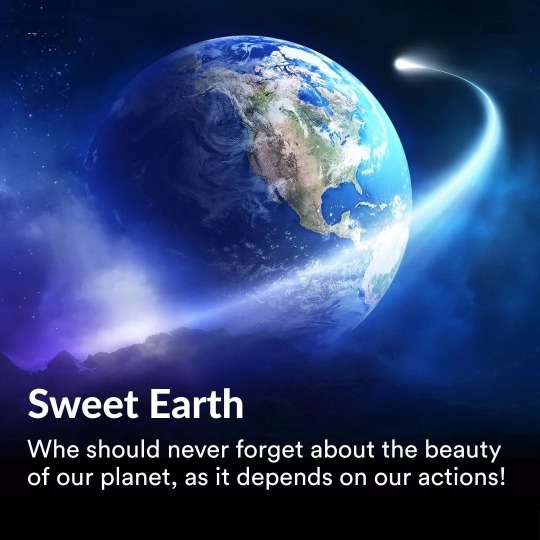
which is the most beautiful thing in our solar system?
Via space is for discovery
#solarsystem#cosmos#astrophysics#spacefacts#spaceexploration#physicsfacts#physics#science#quantumphysics#scientist#sciences#astronomy#universe#space#spacelovers#spacelover#astronomyclub#astronomyfacts#astronomylover#sciencenerd#physicslovers#sciencelover#factsonfacts#theoreticalphysics#particlephysics#relativity#einstein#carlsagan#instascience#physicsoftheuniverse
144 notes
·
View notes
Text

Heartfelt tribute to Bharat Ratna Dr C V Raman, who put the Nation on the world map in the field of science by becoming the first Indian to win the Nobel for Physics in 1930. The Raman Effect will light up the hearts and minds of generations to come.
.
.
#india#nobel#earth#knowledge#facts#astronomy#astronomylover#interstellar#science#space#universe#cosmology#physics#education.#physicist#physicsfacts#sciencefacts#cosmos#astrophysics#spacescience#spaceexploration#quantumphysics#realestate#ashapurna
12 notes
·
View notes
Text
This image of Jupiter was captured when the planet was 653 million kilometres from Earth. Hubble’s sharp view is giving researchers an updated weather report on the monster planet’s turbulent atmosphere, including a remarkable new storm brewing, and a cousin of the Great Red Spot changing colour — again. The new image also features Jupiter’s icy moon Europa.
Credit: NASA, ESA, A. Simon (Goddard Space Flight Center), and M. H. Wong (University of California, Berkeley) and the OPAL team.

#space#space exploration#outer space#space science#astronomy#astro community#astronomy photography#astronomy news#astrophotography#astrophysics#astro observations#astronomylover#universo#jupitar#gas giant#solar system#nasa photos#nasa hubble telescope#thank you nasa#cosmology
13 notes
·
View notes
Text
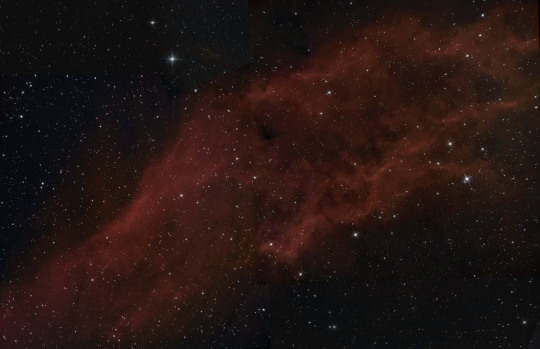
I imaged the California Nebula for 10 hours and this is my result.
#space#astronomy#astrophotography#spaceart#outerspace#spacetravel#spaceexploration#deepspace#astronomylover#spacescience#spaceporn#spacelover
5 notes
·
View notes
Photo
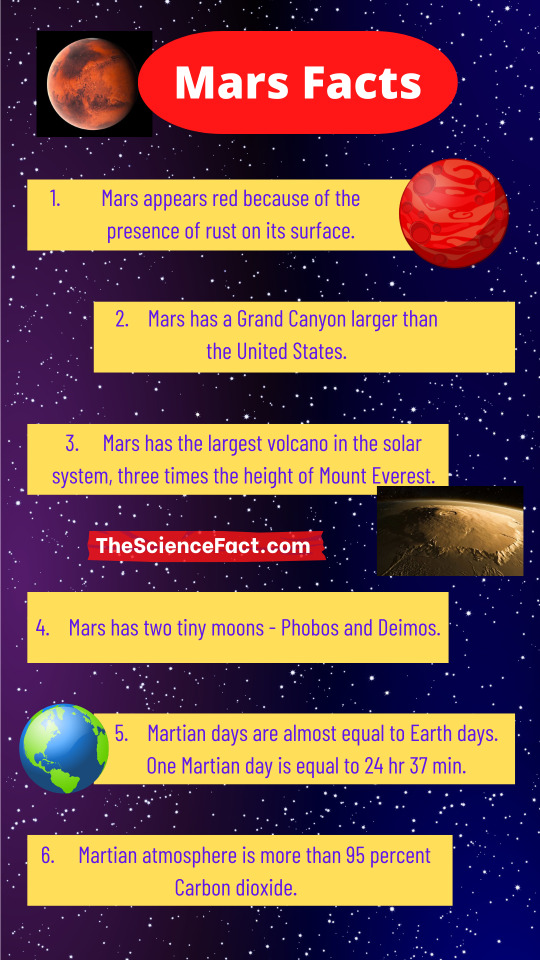
Mars is often called the ‘Red Planet’ because of its reddish appearance. After Earth, It is the most explored planet by humans. Here are some amazing and interesting facts about Mars.
#mars#planet#solar system#pluto#sciencefacts#astronomyfacts#space facts#spacelovers#olympus mons#astronomyposts#astronomylover
6 notes
·
View notes
Text
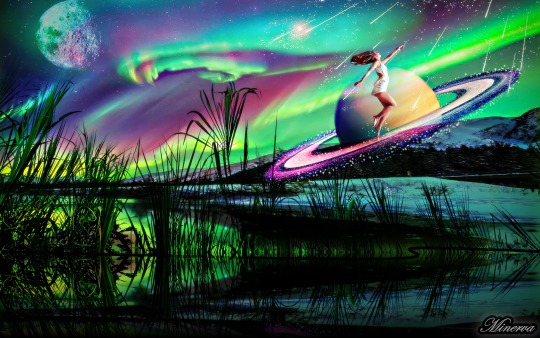
✨Take me away✨
Art in photography.
Follow me:
Ig: https://www.instagram.com/minervart_dm/
#artecosmico#art#artlovers#cosmicart#space art#loveart#cosmicconnection#astronomy art#digital art#digitalartwork#digital artwork#arte#artedigital#aurora borealis#visionaryart#visionaryartwork#visionaryartist#artlove#astronomyart#astronomylover#digitalart#digital artist#spaceartwork#spacelovers#spaceart
2 notes
·
View notes
Text
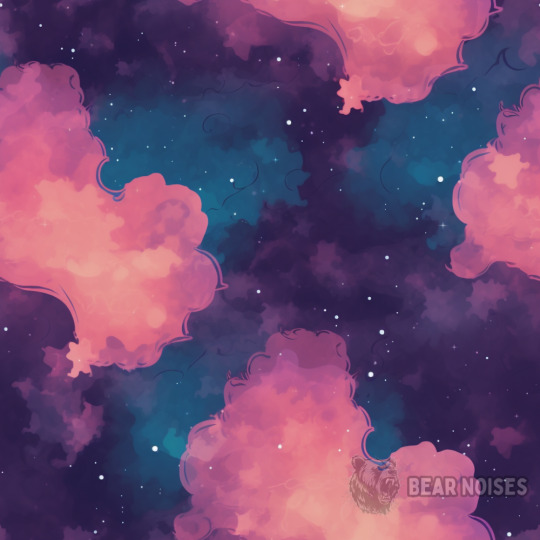
Experience the breathtaking beauty of the cosmos with this stunning image of a bright painted nebula 🌌💫🎨. Against a black background, cosmic dust creates a mesmerizing abstract design that captures the essence of the universe 🌟. Use it as a space background or part of a creative project for a touch of celestial inspiration ✨. The colors and patterns of this radiant nebula create a captivating and dynamic image that will transport you to the wonders of space 🚀. Let the starry sky and starlight guide you on a journey through the cosmos with this stunning image of a vibrant and colorful nebula 💜💖💙.
#spaceart#nebula#cosmicbeauty#cosmicart#spacebackground#celestialinspiration#universeart#abstractdesign#artofinstagram#starrysky#starlight#cosmicwonders#astronomylover#galaxyart#artoftheday#artlife#artstagram#artistsofinstagram#digitalart#digitalpainting#colorfulart#spacepainting#astronomyart#spaceinspired#cosmicenergy#cosmiclove#universe_love#universe_dope#spacebeauty#space_love
0 notes
Photo

Pluto enters Aquarius today and here is the news: “In just a few hours of observations, the space telescope revealed a dynamic atmosphere on a planet 40 light-years from Earth. Researchers observing with NASA’s James Webb Space Telescope have pinpointed silicate cloud features in a distant planet’s atmosphere. The atmosphere is constantly rising, mixing, and moving during its 22-hour day, bringing hotter material up and pushing colder material down. The resulting brightness changes are so dramatic that it is the most variable planetary-mass object known to date.” https://www.jpl.nasa.gov/news/nasas-webb-spots-swirling-gritty-clouds-on-remote-planet #plutoinaquarius #newplanetnews #astronomylover #astrologersofinstagram https://www.instagram.com/p/CqHw4bHj_CU/?igshid=NGJjMDIxMWI=
1 note
·
View note
Photo

"Capturing the ethereal beauty of the moon" 🌕✨ #latepost #jimikkiponnu #moonphotography #astrophotography #nightphotography #lunarbeauty #moonlovers #moonlight #fullmoon #celestial #spacephotography #cosmicbeauty #moonwatch #nightshooters #moonobsessed #moon_magic #lunareclipse #starrynight #astronomylover #sky_captures #naturephotography https://www.instagram.com/p/Cpxmsh_BcDE/?igshid=NGJjMDIxMWI=
#latepost#jimikkiponnu#moonphotography#astrophotography#nightphotography#lunarbeauty#moonlovers#moonlight#fullmoon#celestial#spacephotography#cosmicbeauty#moonwatch#nightshooters#moonobsessed#moon_magic#lunareclipse#starrynight#astronomylover#sky_captures#naturephotography
1 note
·
View note
Text
Is this design printed on a T-shirt and on more than 89 products? Find these amazing products here

#space#spacefacts#spaceart#spacestation#spacetravel#planet#planetearth#planetbirds#planetfitness#planets#astronomy#astronomylover#astronomyfacts#astronomyphotography#astronomynerd#outer_space#outer_spacevodka#outer_space_cream#outer_space_football_club#earthquake#earth#earthfocus#earthmix#earthofficial#universe#universetoday#universehasyourback#universequotes#universelifestyle
1 note
·
View note
Text
CAN WE SEE COLOR IN SPACE??
Blog# 211
Wednesday, July 20th, 2022
Welcome back,
Believe it or not the human eye can see about 7,00,000,000 colors. But, did you know that colors exist that you cannot see? Color does not change in space, because the wavelengths remain the same. Although you can see all the colors of the rainbow, plus every color mixture from those colors, you only have three color detectors in your eyes. These color detectors, called cones, have a preference for a particular type of light.

Each cone of your eye reads different parts of the light spectrum. The electromagnetic spectrum refers to the entire range and scope of frequencies of electromagnetic radiation and their respective, associated photon wavelengths. Your eyes get excited by the wavelengths and can see the wavelengths for visible light. If you could see infrared, you would see red. If you saw ultraviolet wavelengths you would see violet wavelengths.
The Visible light (and near-infrared light) is typically absorbed and emitted by electrons in molecules and atoms that move from one energy level to another. This action allows the chemical mechanisms that underlie human vision and plant photosynthesis. The light that excites the human visual system is a very small portion of the electromagnetic spectrum.

A rainbow shows the optical (visible) part of the electromagnetic spectrum; infrared (if it could be seen) would be located just beyond the red side of the rainbow with ultraviolet appearing just beyond the violet end.
Every object you see reflects light into your eye. That reflected light reaches our small, medium, and large cone cells located in the eye. Each cell reads a wavelength. The cones send a message to your brain telling it how much long, medium, and short wavelength light bounces off an object. Putting all that into a number code we refer to as color. Although light does not have a color, our brain generates a code when the spectrum of light enters the eye.

During the 1990s NASA launched one of the most complex space telescopes into Earth’s Low Orbit. Low Orbit is the altitude between the Earth’s surface and 2,000 kilometers (1,200 mi). Because it is outside our atmosphere, the telescope can view astronomical objects across a broad swath of the electromagnetic spectrum, from ultraviolet light, to visible, to near-infrared wavelengths. The telescope can also see faint objects near bright objects.
The telescope can resolve astronomical objects with an angular size of 0.05 arc seconds, which is like seeing a pair of fireflies in Tokyo from your home in Maryland. This razor-sharp vision is 10 to 20 times better than typical resolution with large ground-based telescopes.

It has revealed a whole new level of detail and complexity in a variety of celestial phenomena, from nearby stars to galaxies near the limits of the observable universe
When we look at a picture of a Nebula taken with the Hubble telescope we see terrific colors emitting from it. But is that how it really appears in space? No, for the sake of science, scientists color the pictures.

This famous picture of the Eagle Nebula, named Pillars of Creation, shows fantastic colors surrounding the nebula. Researchers will often add artificial colors to focus on an element or feature they are trying to study. Assigning colors to different wavelengths allows them to learn more about each object. Infrared, microwaves, and radio waves give off deep reds. Ultraviolet, X-Rays, and Gamma-rays give of deep violet colors. While the Hubble telescope can detect wavelengths our eyes cannot see, scientists also color them to keep us interested in space.
Originally published on https://osr.org
COMING UP!!
(Saturday, July 23rd, 2022)
“WHY IS SPACE BLACK??”
#astrophotography#astrophysics#Astronomy#atmosphere#spacecraft#outer space#space#Sunspot#alternate universe#white universe#Parallel Universe#universe#Dark Matter#gamma rays#strange matter#antimatter#Mars#astronomy#parallel universe#astronomylover
72 notes
·
View notes
Photo
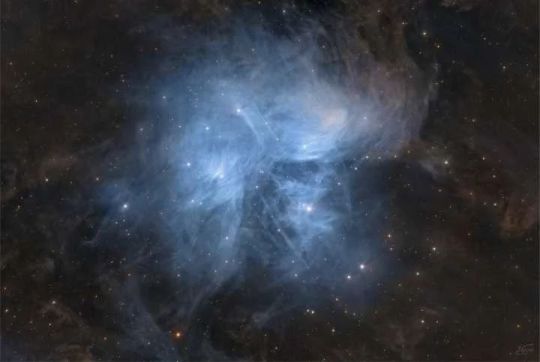
Messier 45: The Daughters of Atlas and Pleione Hurtling through a cosmic dust cloud a mere 400 light-years away, the lovely Pleiades or Seven Sisters open star cluster is well-known for its striking blue reflection nebulae. . . 🎯🎯 . . EXPLORE THE COSMOS WITH US @cosmos.inf #nasa #esa #astronomylover #cosmology #constellation #cosmos #space #universe #nebula https://www.instagram.com/p/CnCI9Aup36G/?igshid=NGJjMDIxMWI=
1 note
·
View note
Text

Interesting facts about Sun | Closest star to the Earth | Solar Energy
https://youtube.com/shorts/EcsQZh3AVXU
(Please Subscribe!)
#shorts#a#about#age#ahnhyejin#all#amazing#amazingfact#amazingfacts#are#areas#around#art#astro#astronaut#astronomy#astronomylover#astrophotography#astrophysics#be#beach#beautiful#beauty#billion#blackhole#blackholes#blue#bluesky#called#cause
1 note
·
View note
Text
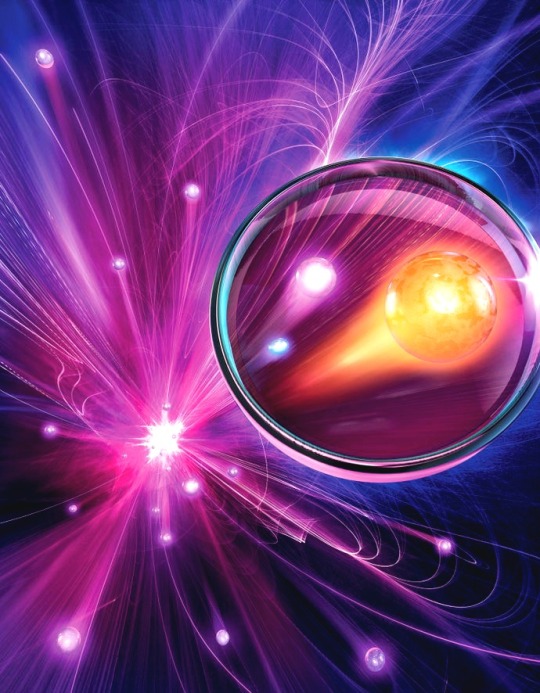
Neutrinos are tiny subatomic particles, often called 'ghost particles' because they barely interact with anything else. Every time atomic nuclei come together (like in the sun) or break apart (like in a nuclear reactor), they produce neutrinos. Even a banana emits neutrinos—they come from the natural radioactivity of the potassium in the fruit.
Once produced, these ghostly particles almost never interact with other matter. Over the past decade, IceCube has detected hundreds of high-energy neutrinos that originated outside the solar system. In 2017, other telescopes pinpointed the origin of a neutrino detected by IceCube to a galaxy four billion light-years away.
These are abundant subatomic particles that are famous for passing through anything and everything, only very rarely interacting with matter. About 100 trillion neutrinos pass through your body every second 😳
📷: Mark Ross Studios
#science#news#universo#astronomy#outer space#space science#space exploration#astronomy news#research#space advances#little space#deep space nine#study space#astrophysics#astronomy pictures#astronomylover#astrophysique#space#physicist#physicists#quantum physics#physique#physics
0 notes
Photo
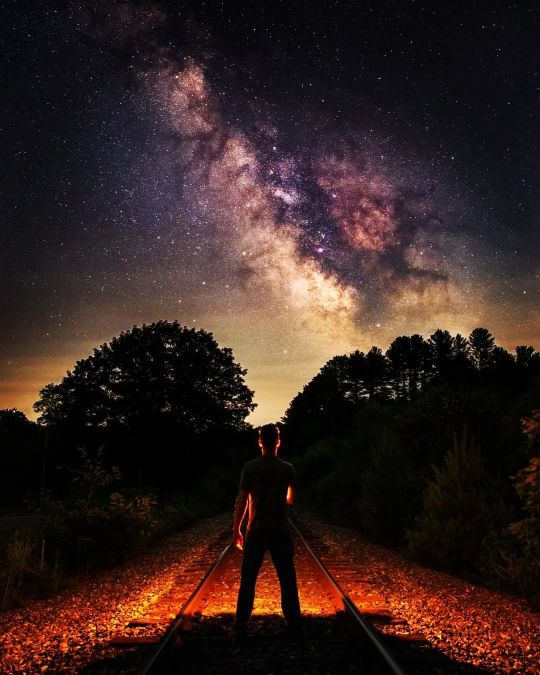
Into The Sky @expedianaby #expedianaby #sky #galaxy #milkyway #astronomylover #astrophotography #nightphotography (at Ranchi, Jharkhand) https://www.instagram.com/p/Cjp14bUogbq/?igshid=NGJjMDIxMWI=
0 notes